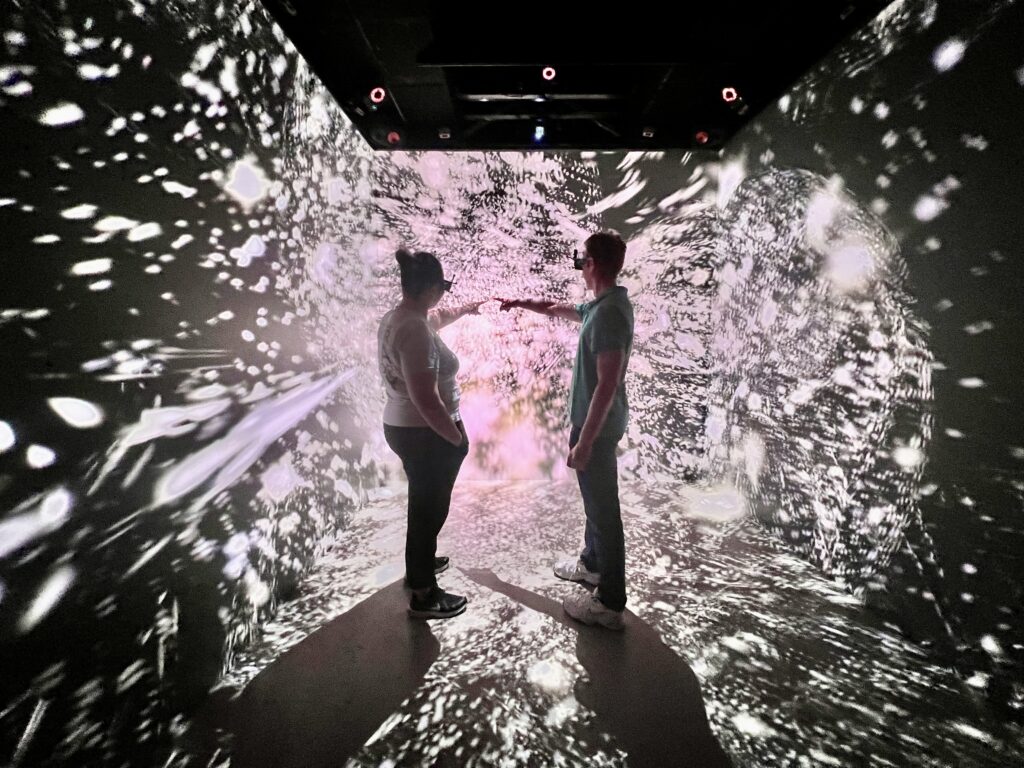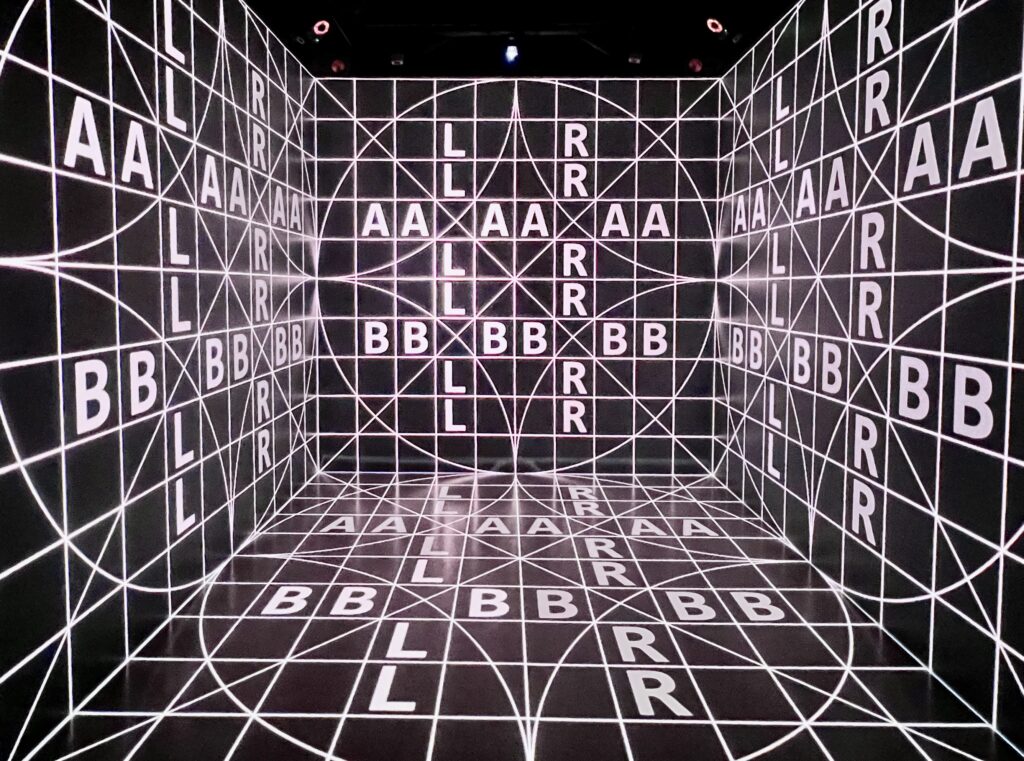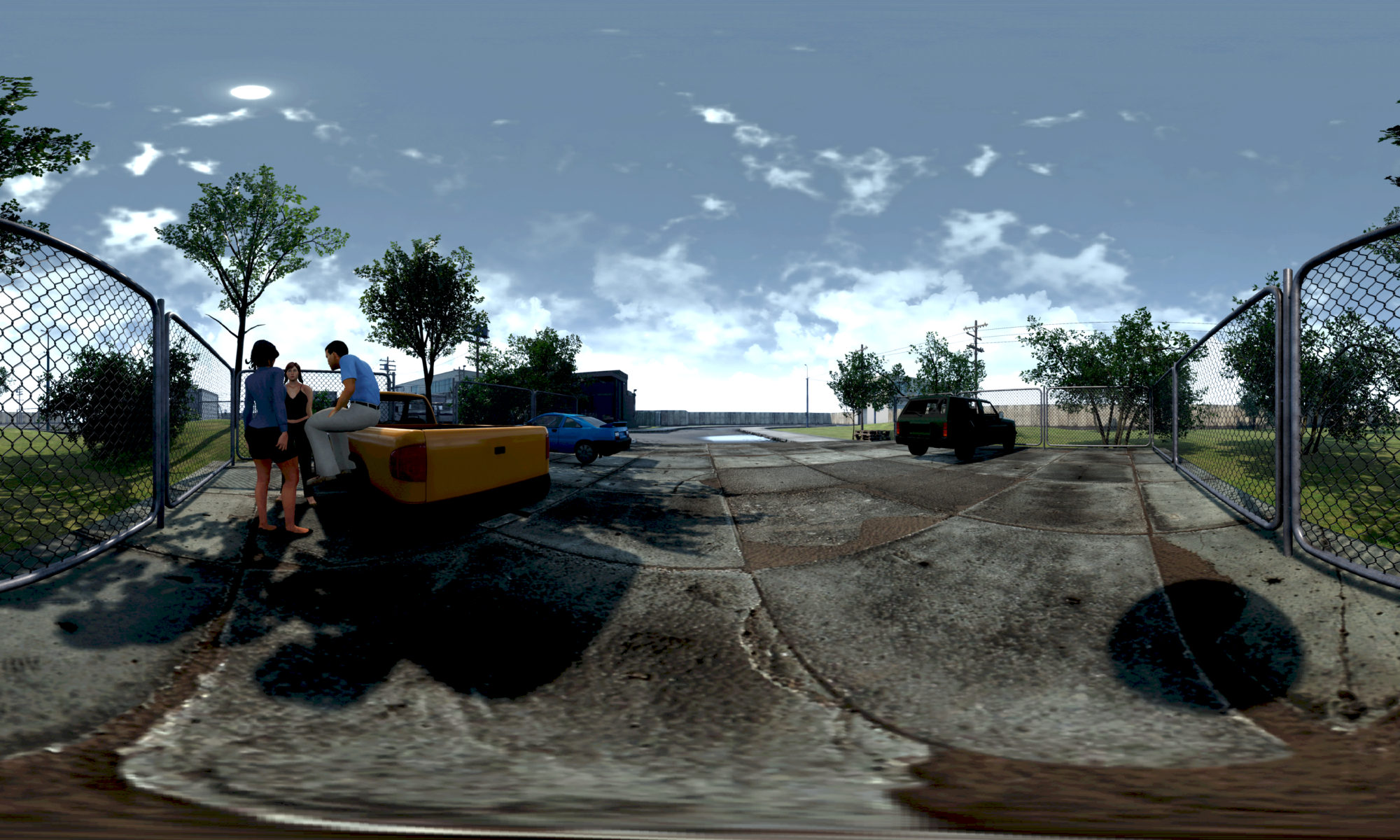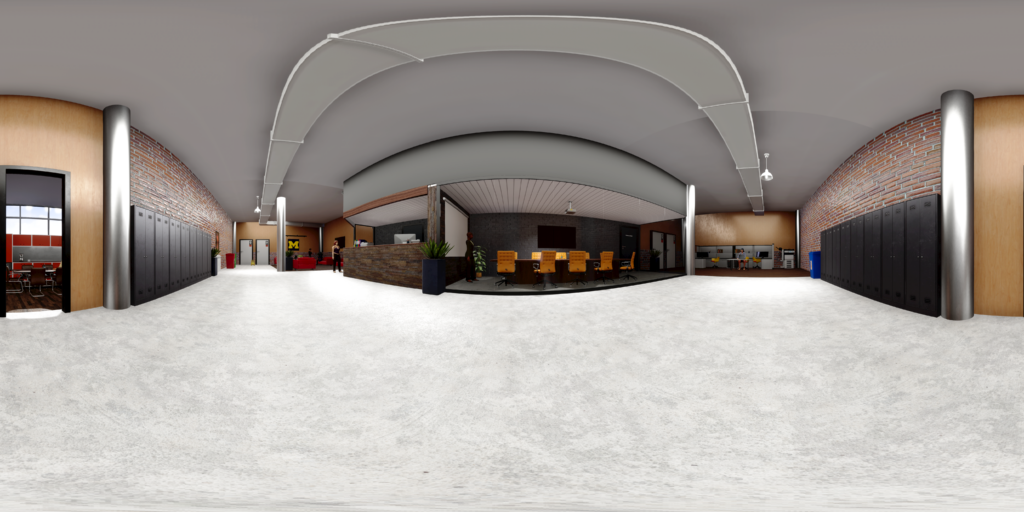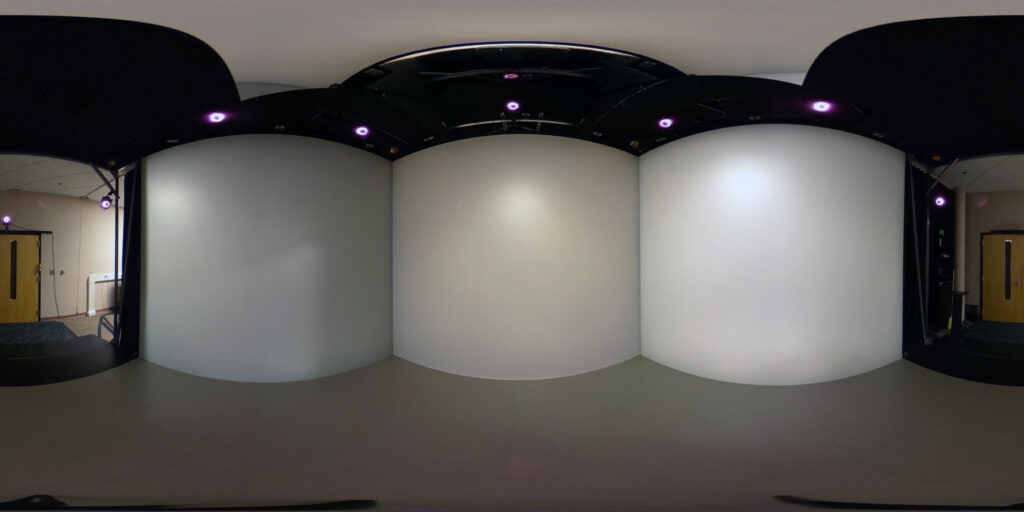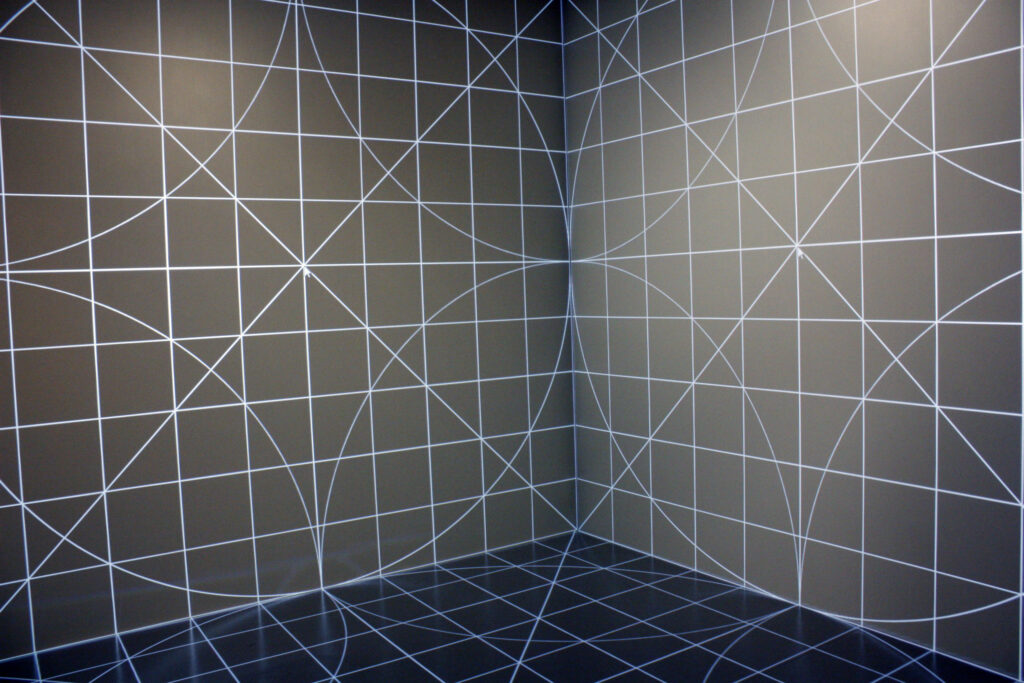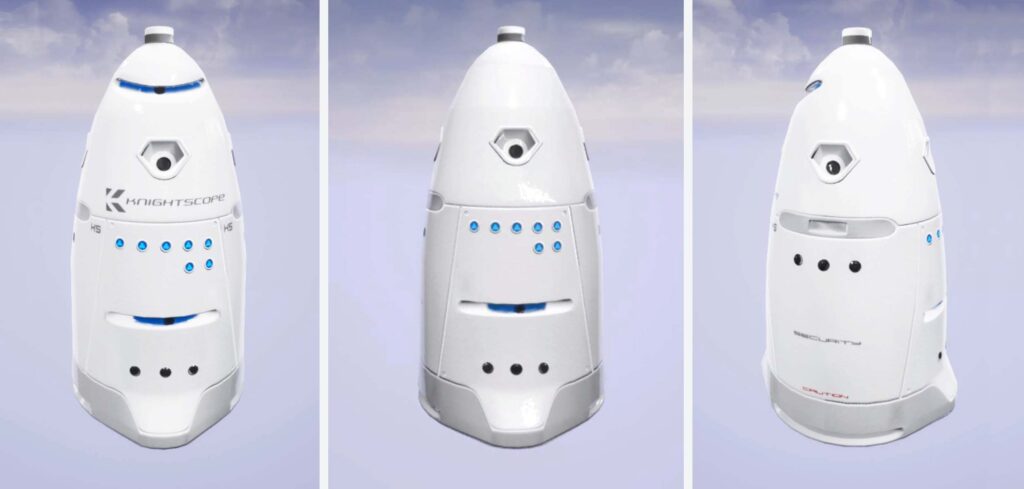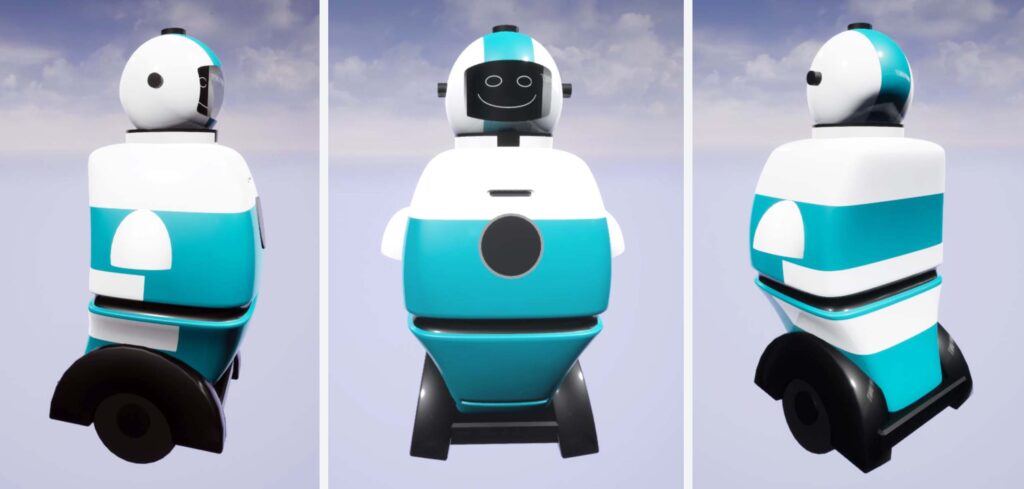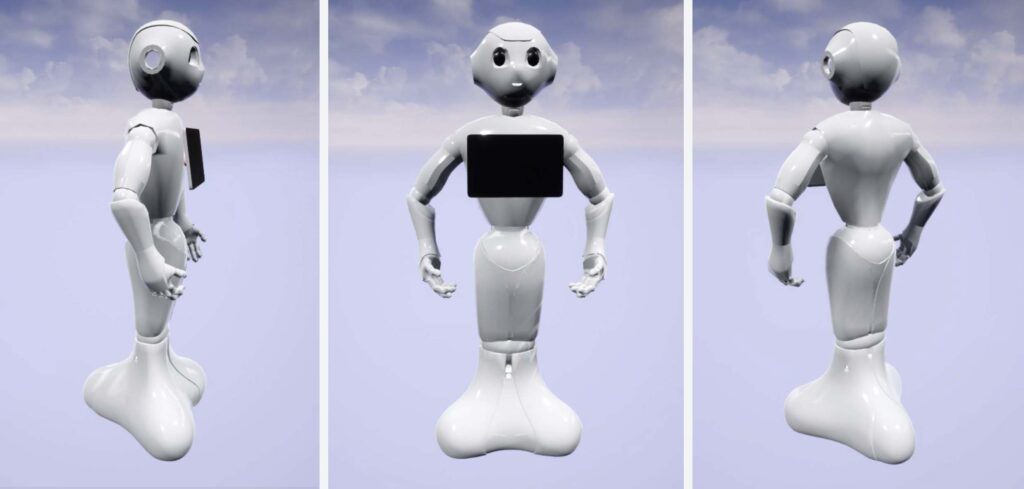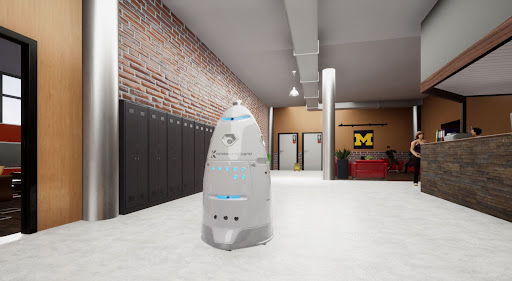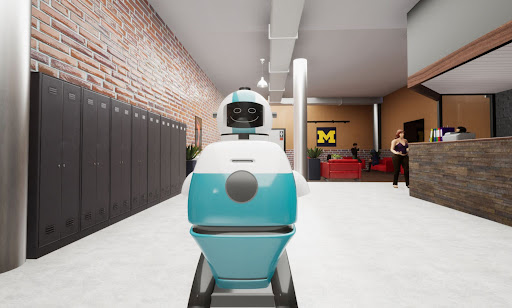Renew Scleroderma
Mobile Health Tracking App for managing Scleroderma
Mare Byrd
The Renew Scleroderma app aims to assist individuals with Scleroderma by giving access to a full list of resources and activities designed to help manage their condition. RENEW stands for Resilience-based Energy Management to Enhance Well-being.
Scleroderma is a rare autoimmune condition that causes inflammation and thickening of the skin in the hands and face. The high amount of collagen in the skin can advance to internal organs potentially causing complications in multiple bodily systems. Those who are diagnosed with scleroderma have a high symptom burden and need to learn strategies for self-management.
The mobile app presents users with information on Scleroderma as well as weekly activities they can perform to manage the condition. The app requires people to set goals and track health behaviors such as activity, pacing, sleep, relaxation, and engagement in physical activities. The user is encouraged to set goals within the app to complete certain activities, and their progress towards these goals is accessible to their assigned health coach from a secure web portal. Patients have regular check-ins with their health coach, discuss their progress, and adjust their plan to manage the condition based on their progress in the app. Tracking symptoms in real-time. Participants can track their health behaviors specific to the learning modules and the RENEW program.

Renew is quick and easy to use, users download the mobile app from either the the Google Play or iTunes app stores and create an account. The app is currently developed for iOS & Android mobile devices, allowing wide accessibility to the general public.
The benefit of Renew is that this technology can relay a user’s progress to the database accessed from a secure web portal. This web portal allows users to easily connect to an assigned University of Michigan Health Coach who has access to the information they input into the app. Users are assigned a health coach from a pool of qualified health coaches at Michigan Medicine – all of whom have Scleroderma themselves. The health coach can view their progress within the mobile app to provide feedback. That way the health coach can also see how their mentees are doing and prepare for their one on one meetings.
One main consideration in the design process was to ensure that the app is physically easy for users to interact with. Most people with scleroderma have limited hand function, so the team consulted directly with users on where to put navigation buttons, how big the buttons needed to be, and how information should be entered into the app to reduce fatigue.
Susan Murphy acted as a faculty member for the development team consisting of Sara ‘Dari’ Eskandari, Daniel Vincenz and Sean Petty. The LiveWell App Factory supported the development of this application to Support Health and Function of People with Disabilities funded by a grant from the National Institute on Disability, Independent Living and Rehabilitation Research in the U.S. Department of Health and Human Services. With a working prototype completed and piloted with patients, future iterations of the app have been handed off to Atomic Object – a custom software development and design company local to Ann Arbor.


